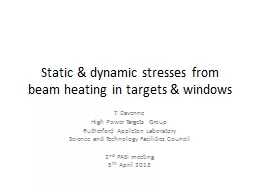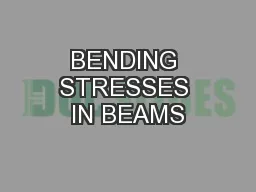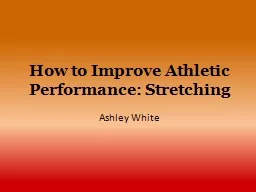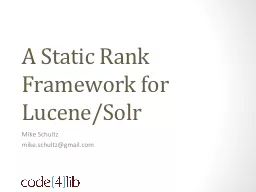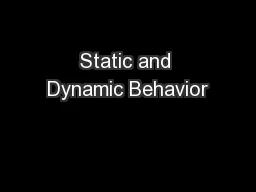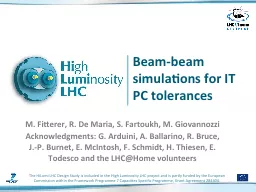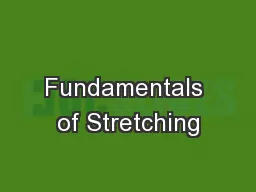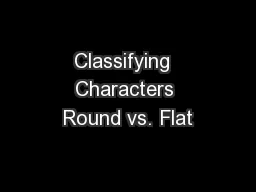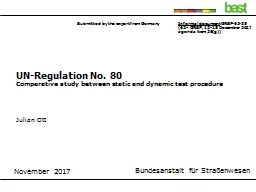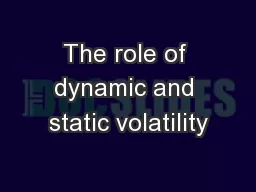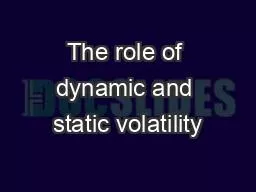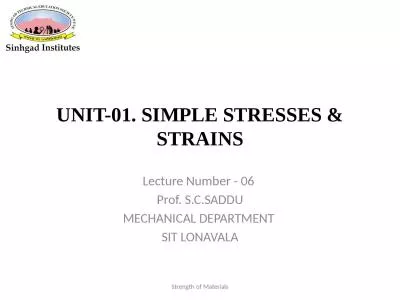PPT-Static & dynamic stresses from beam heating in targets
Author : aaron | Published Date : 2017-09-01
T Davenne High Power Targets Group Rutherford Appleton Laboratory Science and Technology Facilities Council 2 nd PASI meeting 5 th April 2013 Contents Steady state
Presentation Embed Code
Download Presentation
Download Presentation The PPT/PDF document "Static & dynamic stresses from beam ..." is the property of its rightful owner. Permission is granted to download and print the materials on this website for personal, non-commercial use only, and to display it on your personal computer provided you do not modify the materials and that you retain all copyright notices contained in the materials. By downloading content from our website, you accept the terms of this agreement.
Static & dynamic stresses from beam heating in targets: Transcript
Download Rules Of Document
"Static & dynamic stresses from beam heating in targets"The content belongs to its owner. You may download and print it for personal use, without modification, and keep all copyright notices. By downloading, you agree to these terms.
Related Documents

